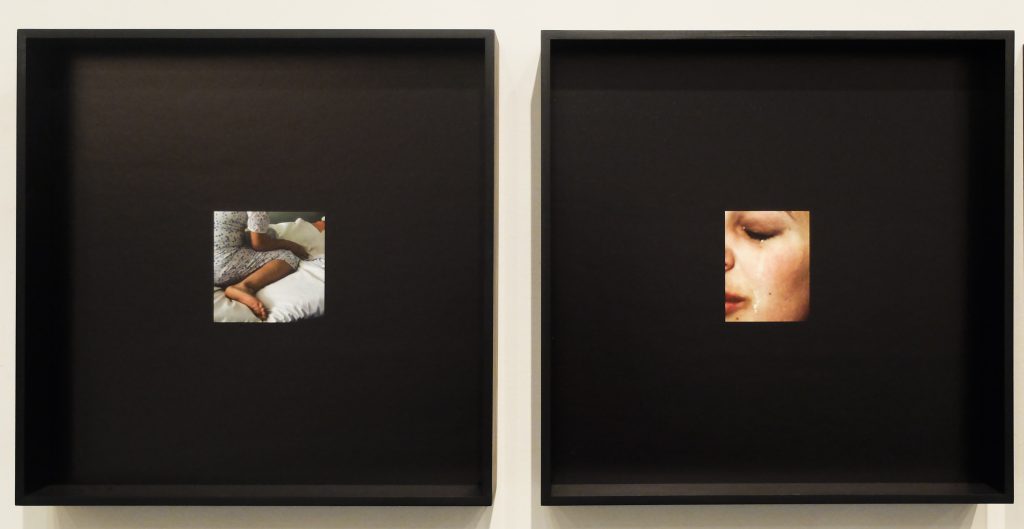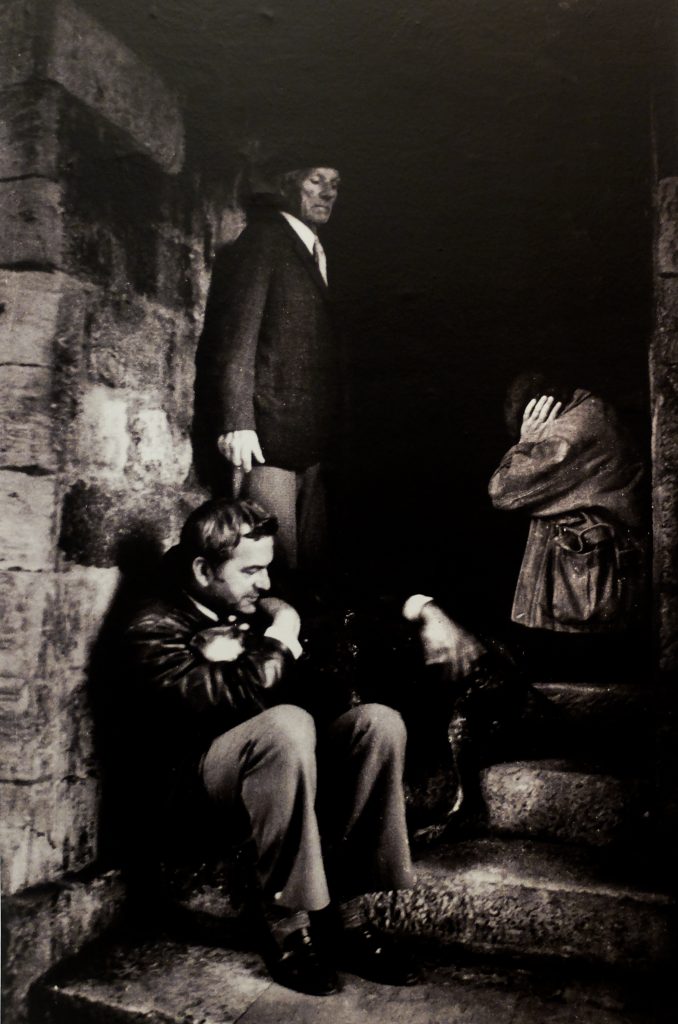Photography
Lessons From ’91 – Documentary Photography from Ex-Yugoslavia
“Lessons from ‘91” is a striking, powerful exhibition as part of Organ Vida International Photography Festival in Zagreb. We spoke with the founder, Marina Paulenka a couple months ago to find out more about running the festival and some of the challenges that come with organizing a diverse group of exhibitions and an extensive program of lectures and events. As part of the festival, the exhibition “Lessons from ‘91” includes 33 photographers, from the entire region of ex-Yugoslavia as well as a few international photographers that covered the political and real battlegrounds in Slovenia, Croatia, Bosnia and Herzegovina, Serbia, Kosovo and FYR Macedonia. This exhibition is the first time that the quantity and diversity of artists covering this atrocity is shown in one place, and the impact is devastating.
The work is powerful; the exhibition space is engaging and forces the viewer to interact. The work is loud and bold, not only because of the importance of the content and the realities of war, but also because each photograph is titled by the photographers’ own description of the scene. This is such a great way to understand small glimpses into the everyday realities of the war, almost like reading a journal entry. Even though the exhibition is strictly documentary photography, that doesn’t prevent it from having a poetical approach.
In the work of Nina Berman, a series of 4 photographs with big black matt frames around small, cropped details of different images, leave some suspension and curiosity for the viewer. It’s not until we read the author’s description of each personal story of different rape victims in the war. The photography is minimal, which creates a balance between horrible stories of war and the actual photograph.

Left – Nina Berman: An eighteen-year-old Bosnian girl recovering from an abortion in a hospital in Tuzla. The pregnancy was the result of rape by Serbian soldiers in a rape camp in Pale where she was help captive for ten days. She was taken from a bus stop in Belgrade on June 30, 1992. During her captivity she was abused and humiliated. She was raped 16 times while threatened by guns and knives, burned with cigarettes and cut with a razor. In the end she was put onto a bus with thirty men and exchanged for flour in Bisoko. Tuzla 1. 1. 1993.
Right: Nina Berman – A 17 year old girl from Brcko cries at a refugee center in Tuzla while telling her story of being raped with scores of other girls in Zabrđe on the evening of June 22, 1991. after being forcibly removed from Brčko and transported by bus. She was later freed in a prisoner exchange Tuzla, 3.1. 1993.
The exhibition has a very interactive and diverse range of ways the photographs were exhibited. Some of the images are traditionally hung, others, collaged together on wooden, crate-like panels, and even an interactive table with photographs that require the viewer to turn them over in your hands and hold them. This last approach, definitely made the realities of the image very real, when you pick something up and hold it, it was very tough to ignore. These images were the heaviest, metaphorically, to grasp because of the factual, real depictions of death.

Patrik Macek – Passengers at the crossroads of Vlaška and Draškovićeva Street observing the body of a woman killed in the rocket attack on Zagreb. The rocket attack with prohibited cluster bombs was carried out by the forces of rebel Serbs as retaliation for the defeat in the Operation “Flash” in which the Croatian Army freed Western Slavonija. Zagreb. 02/05/1995
The award winning British photographer, Paul Lowe captures an eerie scene of a young girl playing with a ball in the streets of Sarajevo during the siege, which is titled by the description of the image. By including international photographers in the exhibition, along with photographers from all conflicted sides, and the way the images are described from the author’s own voice, the collective memory of the war is presented without any prejudice to a specific side of the war. Such a topic must have been extremely difficult for a photographer to remain distanced and neutral, but the descriptions of the scenery was unbiased.

Paul Lowe – A young girl plays with a ball in the street alongside the River Miljacka in a ceasefire during the siege on Sarajevo by Serb troops. Sarajevo 1994.
Organ Vida International Photography Festival continues to exhibit remarkable and diverse photography, especially with an exhibition that leaves such an impact, by tackling the historical and emotional topic as “Lessons from ’91” does. The photography exhibited has many layers and stories, so much so that it is hard to digest all of the atrocity and emotion, but it goes to show that photography can really be a powerful tool to show many aspects and perspectives of history.
The exhibition is part of a larger project of the association Društvo za evropsko zavest from Maribor, whose partners are Foto Klub Maribor, the International Photography Festival Organ Vida, and the Photo Association of Serbia. The project is supported by the EU fund Europe for Citizens.
Exhibiting authors
Darko Bandić, Nina Berman, Matko Biljak, Renato Branđolica, Miloš Cvetković, Tom Dubravec, Željko Gašparović, Zijah Gafić, Velija Hasanbegović, Toni Hnojčik, Filip Horvat, Romeo Ibrišević, Srđan Ilić, Zoran Jovanović Mačak, Milomir Kovačević, Borut Krajnc, Saša Kralj, Paul Lowe, Anthony Loyd, Partik Macek, Antun Maračić, Simon Norfolk, Nebojša Radosavljević Raus, Željko Sinobad, Tone Stojko, Srđan Sulejmanović, Imre Szabo, Pavo Urban, Davor Višnjić, Božidar Vukičević, Dragoljub Zamurović
Curator: Sandra Vitaljić
Designer: Nina Bačun i Roberta Bratović, OAZA
Written by Kelly Foster









